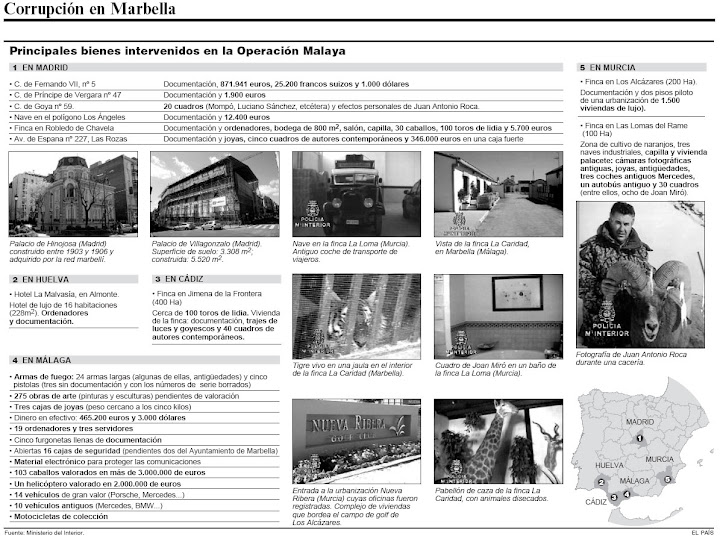If you think Sangria is passé, populist and puerile, think again. Red wine or white wine punch (called Sangria Blanco) packs bursts of vitamin-enriched fruit with wine, brandy or rum, and can be served as a hot mulled drink in winter, or with sparkling soda or lemonade as a long summer refresher.
Did you know that sangria (or a version of it) is one of the world’s oldest known alcoholic beverages? Hippocras was made from wine, and enriched with spices, notably cinnamon and is traditionally attributed to the Greek physician Hippocrates (in the 5th century BC). It was first mentioned in texts from the mid 12th century onwards. Lacking fresh water options, many European households would drink alcoholic beverages, livened up with spices and fruits, safe in the knowledge that the alcohol would kill any bacteria.
Spain has been supplying wines from several varieties of red and white grape since 200BC when it was first actively planted with vineyards by the Romans. The local Spanish sold their best wines, reserving only a few bottles for their red wine punches, known as Sangria. Usually this meant Rioja, and later Tempranillo and Cabernet Sauvignon blends, which formed the traditional sangria made popular on countless package holidays for tourists in the 70’s. Since then, sangria has appeared in white wine versions, sparkling with cava, dashed with soda water or extended with fruit juices (particularly peach or nectarine in Southern Spain where it is called zurra) and has become synonymous with tapas, or that most typical Valencian meal – paella.
Experts agree that the flavour improves with time; sangria is best left chilled overnight to allow the fruit infusion to blossom. Although many restaurants use cheap local house wines, connoisseurs say that sangria should be made with a good-quality wine (Merlot, Cabernet Sauvignon, Rioja or Californian Zinfandel) so as not to be outweighed by the fruit flavours, juice, soda water and ice. Experimenting with fruits is the key. Anything from cranberry and orange, to pear, peach, lime and grapefruit can give your sangria a twist. For the white wine version, you might want to combine it with apple or grape juice and a small bunch of fresh mint. For sangria with a real kick, add gin, triple sec or brandy, and if the result is too potent, mellow it out with some ginger ale, or the ubiquitous Spanish casera. The best part of sangria is taking your favourite fruits or varying it according to the seasons, and surprising guests with subtle flavour differences.
For a hot Halloween punch, Jamie Oliver recommends the addition of cinnamon, vanilla pods and star anise, making a hot syrupy concoction of the fruit, caster sugar and spices first, and adding the red wine after. Mulled wine is more commonly a Northern European drink, stemming from the Swedish Glögg or German Glühwein but the influence of the Chilean Navegado, (which is heated wine, spiced with cinnamon sticks, orange slices, cloves and sugar) has led the Spanish to adopt sangria for the same purpose. Although generally a citrus fruit drink, some recipes for sangria suggest adding sliced apple as it absorbs some parts of the wine that don’t taste great, which is why you must allow the fruit time to soak.
If you are planning a Mexican meal, you can even spice your sangria with jalapeños or chilli sauce, (when it becomes known as sangrita) or try a Valentine surprise with rosé wine and soft berry fruits. Just as the Spanish language has travelled the world over, blending with local influences, so can sangria adapt to our changing culinary and gastronomic tastes. It need never remind you of teenage hangovers in Benidorm again!
Ingredients
Spanish-style Sangria and Sangria Blanco
- 1 or 2 bottles of red (Rioja/Valdepeñas) or white wine (Chardonnay/Albariño)
- 1 orange (grapefruit/mandarins/peach/nectarine)
- 1 lemon (lime/pear/kiwi/handful of cranberries or blueberries)
- 1 apple (optional)
- 4 tsp of sugar
- 1/2 cup soda water or Spanish casera
- Large pitcher or bowl of ice
- 4 shots of dark rum, triple sec or brandy
- Cinnamon sticks, vanilla pods, or cloves in an orange
Preparation: Slice or chop the fruit into wedges and soak in the wine in the fridge overnight or for a couple of hours. Pour the wine, soda water and brandy into a punch bowl. Add half the sugar, a sprinkle of the cinnamon, the vanilla pods and the spiced orange. Taste. If it doesn't taste sweet enough, add more sugar. Add ice and serve. To serve, spoon fruits into glasses or goblets and pour over the spiced wine.
Note: If you are preparing sangria immediately before serving and you like it fizzy, pour the soda water or casera into the bowl first and pour the other ingredients in slowly. If you make the white wine or Sangria Blanco version, use appropriately pale colour fruits. If you want spicy Sangrita, add one diced jalapeño chilli and a dash of Tabasco or pepper sauce, to taste.
Halloween Sangria
- 1 bottle of red wine (Cabernet Sauvignon, Zinfandel, Merlot or a Spanish Rioja)
- 1 peeled sliced orange (add curled zest to taste into cooking pot)
- 1 peeled sliced lemon (add curled zest to taste in cooking pot)
- 1 tsp ground nutmeg
- 2 tsp ground ginger
- 5 whole cloves
- 3 cinnamon sticks
- 1/2 cup sugar (or honey can be substituted)
- 2/3 cup brandy or cognac
- 1/2 cup water
Preparation: Combine all ingredients in a large pot and gently warm the ingredients on low to medium heat (avoid boiling), for 20-25 minutes. Stir occasionally to make sure that the honey or sugar has completely dissolved. When the wine is steaming and the ingredients have blended well it is ready to serve. Ladle into mugs, garnish with a blood orange segment and enjoy!










 16:07
16:07

 Posted in:
Posted in: 





